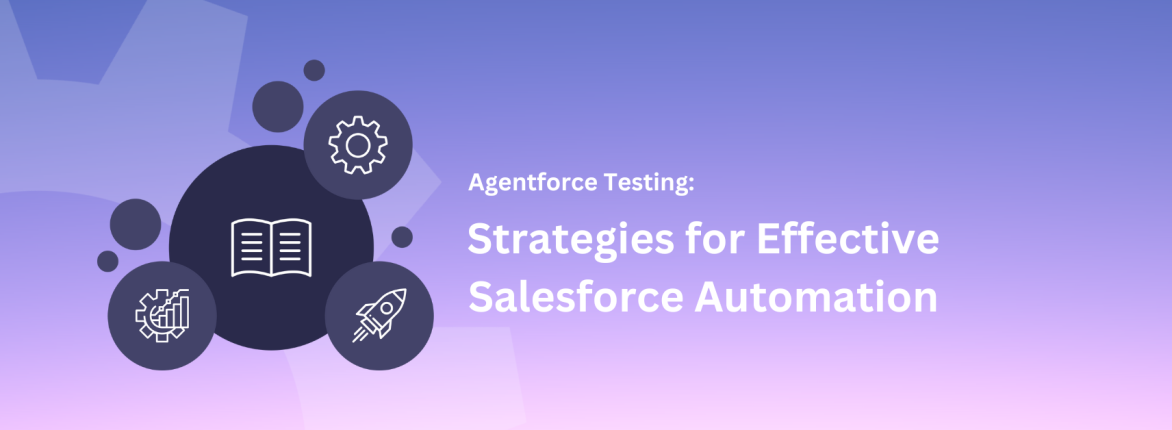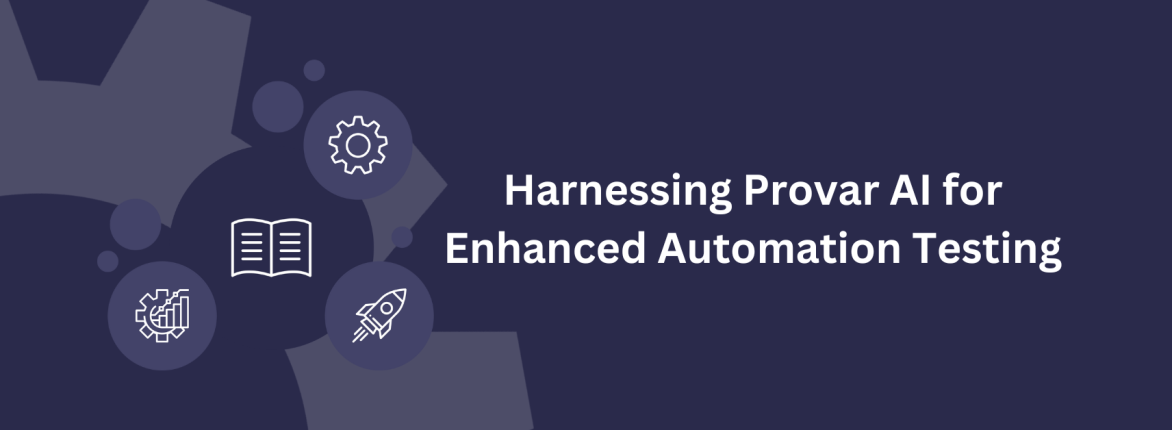Ravindra Yadav, Senior Product Manager at Provar, contributed to this post. Follow our blog for more insights from our Salesforce and testing experts!
Salesforce Scale Center is a self-service tool designed to provide a comprehensive overview of your org’s performance and help enhance scalability. As your company continuously introduces new changes and your implementation inevitably grows in complexity, adhering to best practices and monitoring the performance impact of those enhancements becomes essential.
Scale Center simplifies this process, providing a user-friendly platform for teams to initiate performance measurements and make it part of their regular testing process. This ensures that applications can scale organically without adversely affecting the org’s performance, ultimately contributing to an enriched user experience. Join us on this journey as we navigate the landscape of Scale Center’s impact on optimizing your organization’s performance dynamics.
When to Use Scale Center
Performance concerns often arise during scaling, becoming visible when users experience delays or extended response times.
To identify potential bottlenecks and optimize system performance, testers should regularly monitor the following:
Transition times between different pages:
Monitor the time users need to transition between different pages within the Salesforce application. Prolonged transition times may indicate issues with page loading, data retrieval, or other performance-related challenges.
Components taking longer to load on the page:
Components such as dashboards, reports, or custom components (Aura, LWC, Visualforce) should load quickly to ensure a smooth user experience. Delays in loading may suggest inefficiencies in rendering these components or potential issues in the underlying code.
Response time for actions performed on buttons or quick actions:
Actions triggered by user interactions, especially those linked to buttons or clickable elements, should exhibit swift response times. Delayed response times may point to underlying issues in executing these action items.
Salesforce API call durations:
Monitor the time it takes Salesforce API calls to complete, including CRUD operations or web service calls. Prolonged durations may indicate network issues, job bottlenecks, inefficient queries, or other factors affecting API performance.
Trigger-related delays in overall execution:
Triggers are event-driven pieces that respond to specific data manipulation events, such as creating, updating, or deleting records. These delays could be due to inefficient code, large data volume, or complex logic.
Execution time of Apex Jobs used in tests:
Track the time taken for Apex Jobs used in testing scenarios. Prolonged execution times may highlight performance bottlenecks within custom code or job bottlenecks, affecting overall system efficiency.
Suppose these behaviors are observed, such as extended execution times in functional UI workflows. In that case, delays in Salesforce API responses, prolonged execution of Apex Jobs or triggers, or irregular logins, Scale Center is a perfect place to start, as it provides a comprehensive overview, offering insights into the factors contributing to performance spikes within a specific time frame. Utilizing Scale Center allows you to reach the root of the problem and address the performance issues effectively.
What Scale Center Offers
Scale Center equips users with the ability to filter and analyze various aspects of performance, including:
- Successful and failed logins
- Synchronous Apex requests exceeding specified time limits or governor limits
- UI requests ran longer than 10 seconds and exceeded governor limits.
- Exceptions during simultaneous attempts to update a specific record
- Errors in callouts to external packages or managed packages
Furthermore, users can compare top-line metrics and org performance charts at two distinct timestamps.
Strategy for Optimization
Functional regression packs are set to play an important role in our optimization strategy, serving as a fundamental component for issue identification and guiding us to the core challenges with the help of the Scale Center. Outlined below is the recommended step-by-step strategy to be followed:
- Baseline the performance of the functional flow of the test case/test pack.
- Execute regression and identify significant increases in the overall execution time.
- Isolate test cases and test steps that exceed the established baseline.
- Examine the activities performed during those prolonged steps.
- Record the execution window timestamp for the identified steps.
- In Scale Center, time filters identify the activities performed during the same timestamp.
- Investigate the specific component causing delays (e.g., Apex Jobs).
- Find the root cause, review suggested solutions, and implement fixes.
- Rerun the tests and evaluate the performance again.
This enables testers to evaluate how the Salesforce application performs under heavy loads, ensuring it remains responsive and reliable during peak usage.
Regular Monitoring
Regular monitoring is important to measure the impact of any new integration or changes on the org performance. Regular monitoring could be scheduled to run at regular intervals that best fit your business. Here are a few points where regression packs should be run, and performance should be monitored:
- Monitor performance with any new integration or changes in existing functionality related to the test flow.
- Regular performance checks, especially during Salesforce releases, should be conducted to address any potential impacts on organizational performance preemptively.
- Proactively identify scalability issues and collaborate with developers to implement solutions for accommodating growing workloads.
Provar Automation test reports systematically capture the execution time for the comprehensive test flow and individual steps. This functionality becomes a valuable asset for users who want to monitor deviations from established baselines.
Furthermore, Provar Manager provides crucial details, including the start time, end time, and overall duration of test case execution. This information facilitates performance monitoring and empowers users to report any detected deviations promptly for thorough analysis.
Conclusion
By utilizing the capabilities of the Salesforce Scale Center, QA teams can play an important role in ensuring the reliability and performance of Salesforce applications. As businesses evolve, this tool emerges as an essential companion, ensuring that applications meet current requirements and are resilient for future scalability and growth. Consistent monitoring and proactive identification of performance issues contribute significantly to the success of Salesforce implementations in the dynamic domain of business technology.
Sources for Additional Reading
- https://developer.salesforce.com/blogs/2023/07/salesforce-scale-center-is-generally-available
- https://help.salesforce.com/s/articleView?id=release-notes.rn_scale_center.htm&release=244&type=5
- https://provar.com/products/manager
Interested in learning how our solutions, including Provar Automation and Provar Manager, can help enhance your Salesforce strategy? Schedule a demo today!










